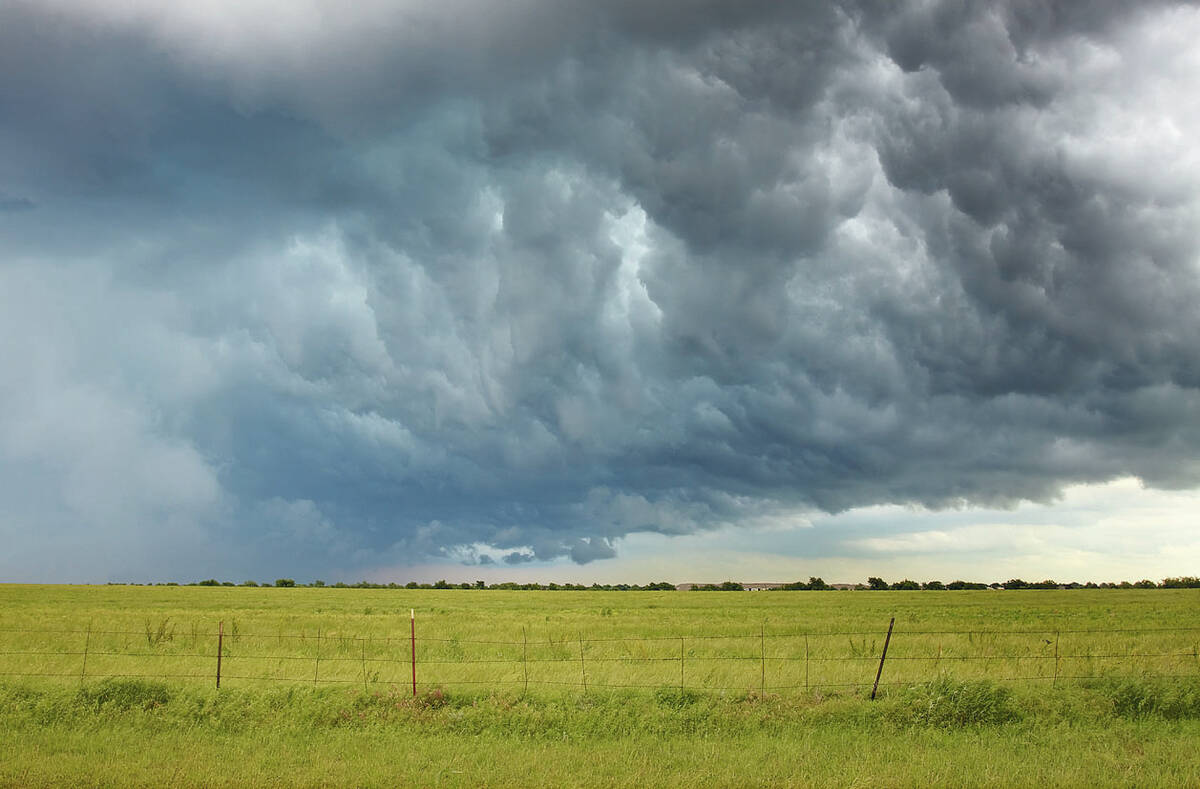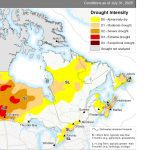EDMONTON – Alberta ranchers who lease crown pasture think proposed changes to their agreements will cruise swiftly through the legislature.
But some warn rough roads may lie ahead for energy companies that want to establish operations on the same crown property if ranchers lose their right to a disturbance fee.
“We’re not going to be nearly as co-operative with oil and gas companies as we have been in the past,” said Gary Scorgie, a member of the Alberta Grazing Council, in a standing policy committee on agriculture meeting last week.
Read Also

Claims filed in Alberta hailstorm aftermath
The numbers are still coming in for the cost of the damage caused by a huge hail storm that hit various areas of Alberta Aug. 20.
Proposed legislation for governing crown leases would end annual compensation paid by oil and gas companies to ranchers for land access and damages incurred. Instead the money, which typically amounts to $1,100 per well, would go to the province’s general revenue fund and to maintain crown lands.
“I think the bottom line is we want to ensure we preserve the grassland for future generations,” said agriculture minister Ed Stelmach, who chaired the committee meeting.
Ranchers would deal directly with oil and gas companies for damage to cattle or other rancher property. Scorgie argued most money ranchers receive from the companies goes to maintain the land now, which benefits the ranchers and the province alike.
“People seem to think pockets are bulging because of it. In my experience that’s just not so and I think we’re probably going to be punished in the long term,” said Scorgie.
The proposed legislation was to be tabled in the legislature this week.
Need the fee
Another rancher hopes there’s still time for changes, and said leaseholders should continue to collect the fee.
“If you know there’s somebody coming to put an oil well on, why would you sign to let them come on if you’re not going to get anything but the problems,” said Lanni Bristow, vice-chair of the Alberta Grazing Leaseholders Association.
The group plans to co-operate with oil and gas companies and was to release a policy statement to government officials early this week. But Bristow thinks dissidents may delay consent for oil companies to access the land. If the ranchers don’t give oil and gas companies development consent, the companies can put their application before a government review board.
“People might just go to the neighbors for coffee or you go to the farthest place of the property they can get. They’re not refusing them entry and they’re not refusing to sign, they’re just not available. The companies just can’t find you.”
David Luft, a vice-president with the Canadian Association of Petroleum Producers, hopes the oil industry and ranchers can co-operate.
“Our response to that would be that today we have a positive working relationship with the agricultural lessees. We are committed to working with the lessees in the implementation of the policy.”
Luft thinks the proposed legislation, which could get government approval by May or June, is appropriate, but admits dispute resolution and fee schedules may be contentious.
Road access
Other issues that Bristow is concerned with include public access to oil roads. If people using the roads get hurt or their property gets damaged, ranchers could be liable.
Roger Marvin, head of public land management for Alberta Agriculture, said ranchers can advise people to sign waiver of liability slips. He added that benefits of the proposed legislation include the possibility for producers to achieve 20-year lease agreements instead of the normal 10-year ones if they manage the land well.
Leaseholders who already share crown land with oil and gas companies will get a 10-year transition period before the proposed legislation applies.
Provincially, there are more than 5,000 grazing leases and about 2,300 have oil and gas activity on them.
















